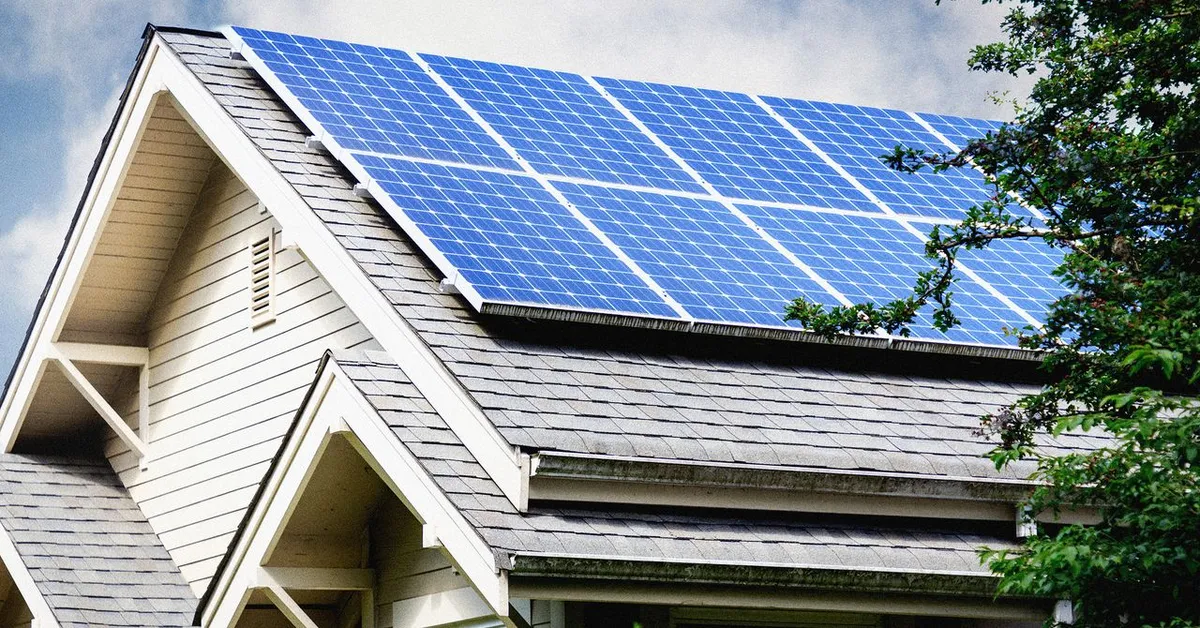
The recent legislation, dubbed the “one big beautiful bill” and signed into law by President Donald Trump on July 4, is poised to significantly alter many facets of American life, particularly climate policy. Supported overwhelmingly by Republicans, this law not only undermines the country’s efforts to reduce greenhouse gas emissions but also threatens to strain consumers’ finances. While the most consequential rollbacks from a climate standpoint predominantly target industries such as renewable energy, the effects will still resonate with taxpayers eager to decarbonize their homes.
The 2022 Inflation Reduction Act (IRA) initially provided invaluable tax credits for environmentally friendly purchases, ranging from heat pumps to solar arrays, extending through 2032. However, the new legislation has drastically shortened this timeline, with some credits potentially disappearing within months. “This bill is going to take away a lot of assistance from consumers,” stated Lowell Ungar, director of federal policy for the nonprofit American Council for an Energy-Efficient Economy. He highlighted that around 2 million individuals utilized the home improvement tax credit in its inaugural year alone.
Fortunately, the new law does not impact the billions allocated by the IRA to state efficiency and electrification rebate programs, which will remain accessible beyond the federal cutoffs. However, Ungar emphasizes that the tax credits still have the potential to save consumers thousands of dollars before they disappear. “If consumers are able to make the investment now,” he advises, “it will help them out.”
For those considering purchasing a new electric vehicle (EV), it’s crucial to act before September 30. New EVs that meet federal domestic manufacturing criteria can qualify for a tax credit of up to $7,500. Although foreign-made EVs do not offer credits directly to consumers, automakers often pass along savings through leases. Additionally, used EVs priced under $25,000 that are purchased from a dealer are eligible for a credit of up to $4,000. After September 30, these credits will no longer be available, making new EVs more costly and less accessible for low- to moderate-income Americans. Notably, income caps apply; new EV credits are limited to households earning less than $300,000, while used vehicle credits are available for households earning under $150,000. There is also a maximum MSRP limit of $80,000 for new cars. Interestingly, the tax credit for installing an EV charger (up to $1,000) will remain valid through June of next year.
Homeowners looking to enhance their properties should consider the expansive Energy Efficient Home Improvement Credit, which offers up to $2,000 for qualified improvements like heat pumps, water heaters, biomass stoves, or biomass boilers. An additional $1,200 is available for efficiency upgrades such as insulation, doors, windows, and even home energy audits. However, all improvements must be “placed in service” by December 31 to qualify, and it’s important to note that tax credits reduce your tax liability but do not return as rebates. Therefore, individuals without a tax bill may not benefit from these credits.
The most significant incentive being eliminated is the Residential Clean Energy Credit, which covers 30% of clean energy systems such as solar panels, wind turbines, and geothermal heat pumps, with no cap. Given that the average cost of a solar system in the U.S. exceeds $28,000, this tax credit could amount to approximately $8,500. However, this credit will vanish at the end of the year, with the law referring to “expenditures” made by that time, meaning consumers may need to pay for—not necessarily install—a system by then. Ungar advises consulting with a tax professional to confirm any changes. Additionally, he cautions that potential higher tariffs are another reason to act swiftly. Despite the expiration of these credits, many of these improvements could still prove financially beneficial long-term. “With or without the tax credit, these improvements bring energy savings that lower energy bills,” he noted, suggesting that in many cases, these enhancements will still be wise investments.